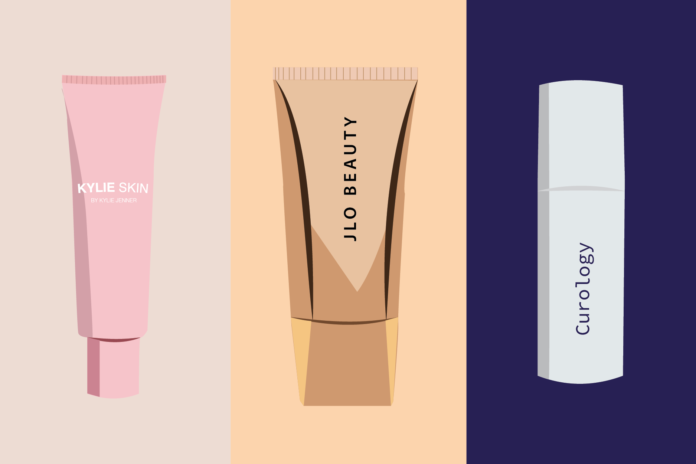A fun trend and catchy Megan Thee Stallion song snowballed into something much bigger
By GEETIKA MAHAJAN — giamahajan@ucdavis.edu
The concept of a “Hot Girl Summer” has been around since before I started high school — and to be honest, it makes perfect sense. Why wouldn’t you want to spend all summer being your happiest, healthiest and hottest self?
Thus came the articles advising women on how to get in shape before June, cool vacation spots and summer dresses that were cheap yet Instagram-worthy. In the moment, these pieces of media seem like they exist solely to assist the reader in having the ultimate Hot Girl Summer, but their consequences run deeper than this. These articles aren’t written just to assist, but also to advertise; by demonstrating the skincare, swimsuits and vacations one needs, Hot Girl Summer was taken from a nebulous concept to an industry.
Over the past few years, the Hot Girl trend has leached into other parts of day-to-day life as well. Between “Hot Girl Walks,” “Hot Girl Reading Lists,” “Hot Girl Tote Bags” and “Hot Girl Side Tables,” it seems like society’s obsession with hotness has exponentiated. It’s almost like the newest marketing tactic is to put the words “Hot Girl” in front of any product name, because everybody is absolutely foaming at the mouth to be one.
When people look for books, they don’t look for a topic or genre that interests them — instead, they look for “Hot Girl Book Recommendations” on TikTok. What you carry in your purse or tote aren’t just your day-to-day necessities — they’re the contents of your “Hot Girl Tote Bag.” There’s this desperation to constantly align oneself with hotness, as if the contrary, being perceived as ugly, is a genuine fear for many people latching onto the Hot Girl trend.
In actuality, the consequences of conflating value with attractiveness are much more damaging to our personal self-perception, and to society as a whole. A relentless need to chase the beauty standard is the result — the practices used to pursue beauty standards are becoming more and more normalized, even when these practices are harmful to the consumer.
Sure, Dr. Miami has some funny TikTok videos, but the idea of surgically altering your body to fit some preconceived notion of beauty is at least somewhat dystopian. Weight-loss and makeup products are two industries that see profits in the hundreds of billions of dollars — revenue that is generated entirely due to people’s desire to alter some part of themselves to better fit themselves into the beauty standard.
The problem with the Hot Girl trend is that it takes this problem and expands it; being hot isn’t just about your appearance, but also about what kind of products you buy, what books you read or which podcasts you listen to. It’s facilitating cross-industry consumption; a popular Tik-Tok series, entitled “What Hot Girls in LA are Buying” regularly results in the products being advertised in the series selling out, whether these products be oddly-specific hummus spreads or headache-relieving menthol balms.
The past few years have seen the rise of the holistic hot girl — in which being a hot girl is indicated by ascribing to a certain lifestyle rather than just by one’s appearance. All you need to do is use the right celebrity skincare brand, buy clothes from a specific store and read the same book as Suki Waterhouse or Gwyneth Paltrow, and hotness will naturally follow. The problem with this way of thinking is that it results in consumers placing their value in some new arbitrary thing; now, instead of solely their appearance, it’s also about the products they’re buying.
Written by: Geetika Mahajan — giamahajan@ucdavis.edu
Disclaimer: The views and opinions expressed by individual columnists belong to the columnists alone and do not necessarily indicate the views and opinions held by The California Aggie.





